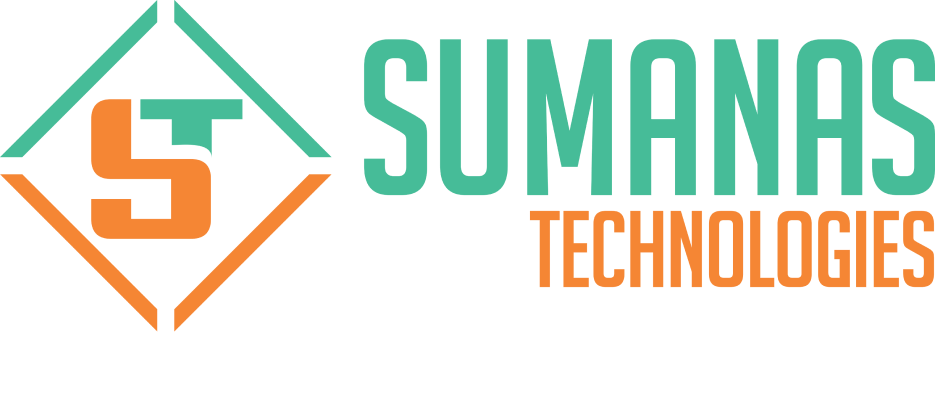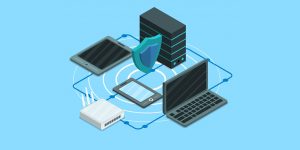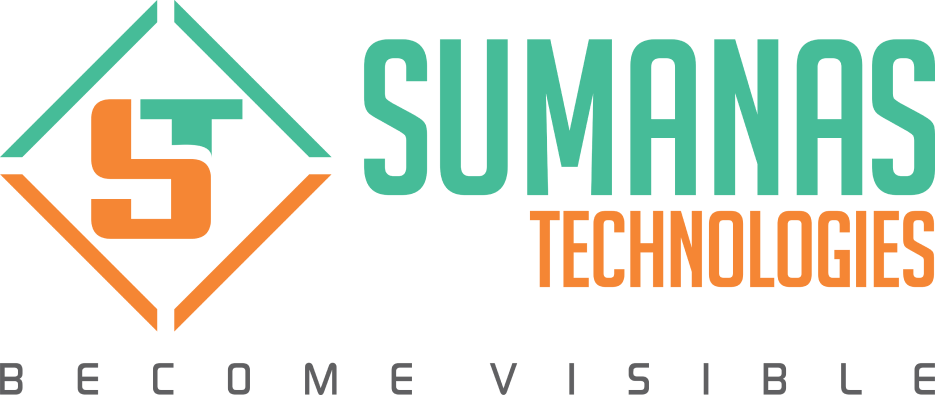Modern Customers interact with their service providers in different ways than in the past! In order to maintain a customer-provider relationship, on an average, there are totally six channels out there! It includes email, social media, instant messaging, and much more.
Moreover, nothing can tell you more about the business than your customer calls. Call recordings can become a gold mine of rich perceptions about customer satisfaction, customer churn, competitive intelligence, service issues, agent performance, and campaign effectiveness. But the capacious amount of phone calls exceeds the contact center’s ability to manually review and analyze them. A standard review can process only a fraction of calls using unsophisticated analysis.
51% of customers and a full 92% of businesses say that the phone is their preferred medium channel of customer/business interaction. Obviously, call recordings are a fundamental source of customer feedback, particularly about areas that are causing dissatisfaction for your customers.
Are you listening to them?
Yes, you should do..! They contain sheer volume of information in them.
The best way is you can combine both real-time speech analytics and historical (post-call) evaluation, to quickly categorize and examine 100% of your voice communications.
Phonetic Indexing
This strategy is done by converting the entire conversation into a string of phonemes, the basic units of speech, our indexing technology can instantly identify a predefined list of words or allow free text searches. Fast and highly reliable, this approach is perfect for assessing calls as they happen and triggering next-best-action agent guidance or supervisor alerts.
Speech-to-Text Transcription
This approach transforms the entire audio exchanges into standard text, facilitating deeper data mining. By independently identifying patterns, across many recordings and channels, and helps you find root causes and trending topics in customer interactions.
Direct Phase Recognition
Directly phase analyzes the speech by looking out for predefined phrases rather than converting it to text or phonemes. Although this is the long-drawn method, it is also the most realistic since no information is lost while converting the data
Blending these three technologies together in one system creates a powerful speech analytics solution that takes advantage of the best of both worlds: the fast ability of Phonetics Indexing to examine and classify a large number of calls in a very short period of time.
How does Speech Analytics work?
Real-time speech analytics tools can be used during a customer service call to provide scripted answers based on previous calls about similar issues or alert supervisors when a situation may need to be intensified, based on the caller’s tone or inflection.
Post-call speech analytics often initiates with the transcription of calls into searchable, actionable data. A speech engine performs the primary analysis and converts the data into a series of phonemes — small phonetic sounds. The results are indexed and searchable through the query engine and can be seen via dashboards and generated into reports to help users drill down into and filter results.
Picking the right Python Speech Recognition Package:
A plentiful number of packages are available online. A few of them are:
- apiai
- assemblyai
- google-cloud-speech
- pocketsphinx
- SpeechRecognition
- watson-developer-cloud
- wit
Packages such as apiai and wit come up with built-in features such as Natural Language Processing for identifying a speaker’s intent, which goes beyond basic speech recognition. Other packages, like google-cloud-speech, focus entirely on speech-to-text conversion.
There is one package that stick-out in terms of ease of use! It is Speech Recognition.
Recognizing speech requires audio input, and SpeechRecognition makes reclaiming this input really easy. Instead of having to build scripts for obtaining microphones and processing audio files from scratch, SpeechRecognition will have you up and running in just a few minutes.
The SpeechRecognition library acts as an envelope for various popular speech APIs and is thus extremely flexible. One of these is the Google Web Speech API which supports a default API key that is hard-coded into the speech recognition library. This represents you can get off your feet without having to sign up for a service.
The versatility and ease-of-use of the SpeechRecognition package make it an excellent choice for any Python project. However, support for every feature of each API it shrouds is not supported. You will need to spend some time researching the available options to check out if SpeechRecognition will work in your particular case.
Conclusion
In the present era, Python already sticks out from the rest of the programming languages. As a part of the Python approach, Speech Analytics is also gaining importance nowadays. It is believed it would rule the forthcoming years!
Hope you would have enjoyed..! Stay Tuned for further updates..!
Recent Posts




Blogs
Related Posts

LET’S HAVE A TALK ABOUT our Products.
Need More Information or Want to Get in Touch?
Lorem ipsum dolor sit amet, consectetur adipiscing elit. Proin id nisl ac arcu aliquet aliquet. Praesent laoreet rhoncus elit, rutrum feugiat metus tempora.
Enquire Now











